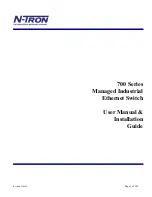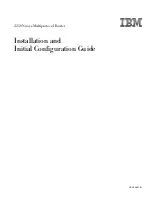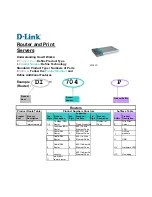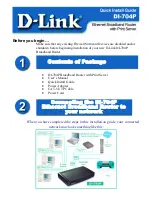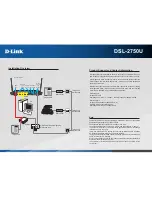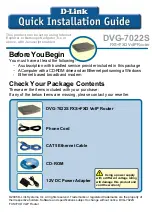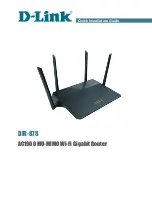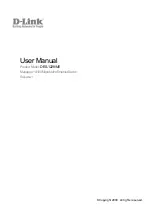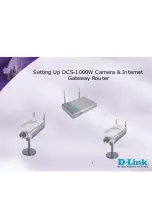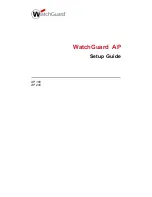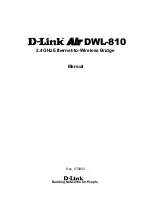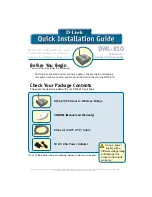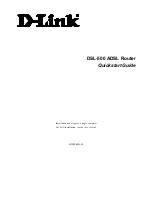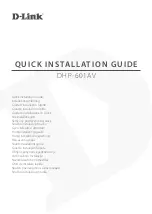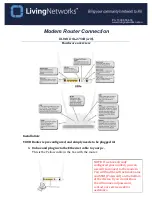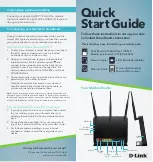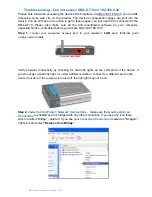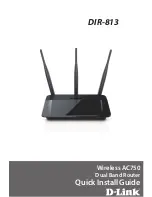
12
6.0 OPERATION
Once the Model IM1/1 is installed, it should operate transparently.
This sections describes power-up, general operating instructions, and
the LED status monitors.
6.1 OPERATING INSTRUCTIONS
In order to operate, the Model IM1/I must be installed in the base
unit. It also requires a 10Base-T connection. After power is applied,
the IM1/I automatically starts performing the bridging function without
further user intervention. MAC addresses discovered are automatically
loaded into the MAC address table. They are automatically deleted
from the MAC address table if they experience an inactivity of 8
minutes.
6.2 POWER-UP
Before applying power to the IM1/I, please be sure it is properly
installed in the base unit. Then make sure that unit is connected to the
appropriate power source (
Universal Interface AC Power Supply
or
DC Power Supply
). Then power-up the base unit using the rear power
switch .
3.0 PPP OPERATIONAL BACKGROUND
PPP is a protocol used for multi-plexed transport over a point-
to-point link. PPP operates on all full duplex media, and is a
symmetric peer-to-peer protocol, which can be broken into three
main components: 1. A standard method to encapsulate
datagrams over serial links; 2. A Link Control Protocol (LCP) to
establish, configure, and test the data-link connection; 3. A family
of Network Control Protocols (NCPs) to establish and configure
different network layer protocols.
In order to establish communications over a point-to-point
link, each end of the PPP link must first announce its capabilities
and agree on the parameters of the link’s operation. This
exchange is facilitated through LCP Configure-Request packets.
Once the link has been established and optional facilities
have been negotiated, PPP will attempt to establish a network
protocol. PPP will use Network Control Protocol (NCP) to choose
and configure one or more network layer protocols. Once each of
the network layer protocols have been configured, datagrams
from the established network layer protocol can be sent over the
link. The link will remain configured for these communications
until explicit LCP or NCP packets close the link down, or until
some external event occurs.
The PPP Bridging Control Protocol (BCP), defined in RFC
1638, configures and enables/disables the bridge protocol on
both ends of the point-to-point link. BCP uses the same packet
exchange mechanism as the Link Control Protocol (LCP). BCP
is a Network Control Protocol of PPP, bridge packets may not be
exchanged until PPP has reached the network layer protocol phase.
3.1 Applications
In situations where a routed network requires connectivity
to a remote Ethernet network, the interface on a router can be
configured as a PPP IP Half Bridge. The serial line to the
remote bridge functions as a Virtual Ethernet interface, effectively
extending the routers serial port connection to the remote
network. The bridge device sends bridge packets (BPDU's) to
the router's serial interface. The router will receive the layer
three address information and will forward these packets
based on its IP address.
Figure 2 shows a typical Cisco router with a serial interface
configured as a PPP Half Bridge. The router serial interface uses
a remote device that supports PPP bridging to function as a node
on the remote Ethernet network. The serial interface on the Cisco
will have an IP address on the same Ethernet subnet as the bridge.
5





















